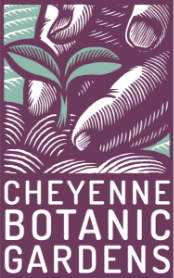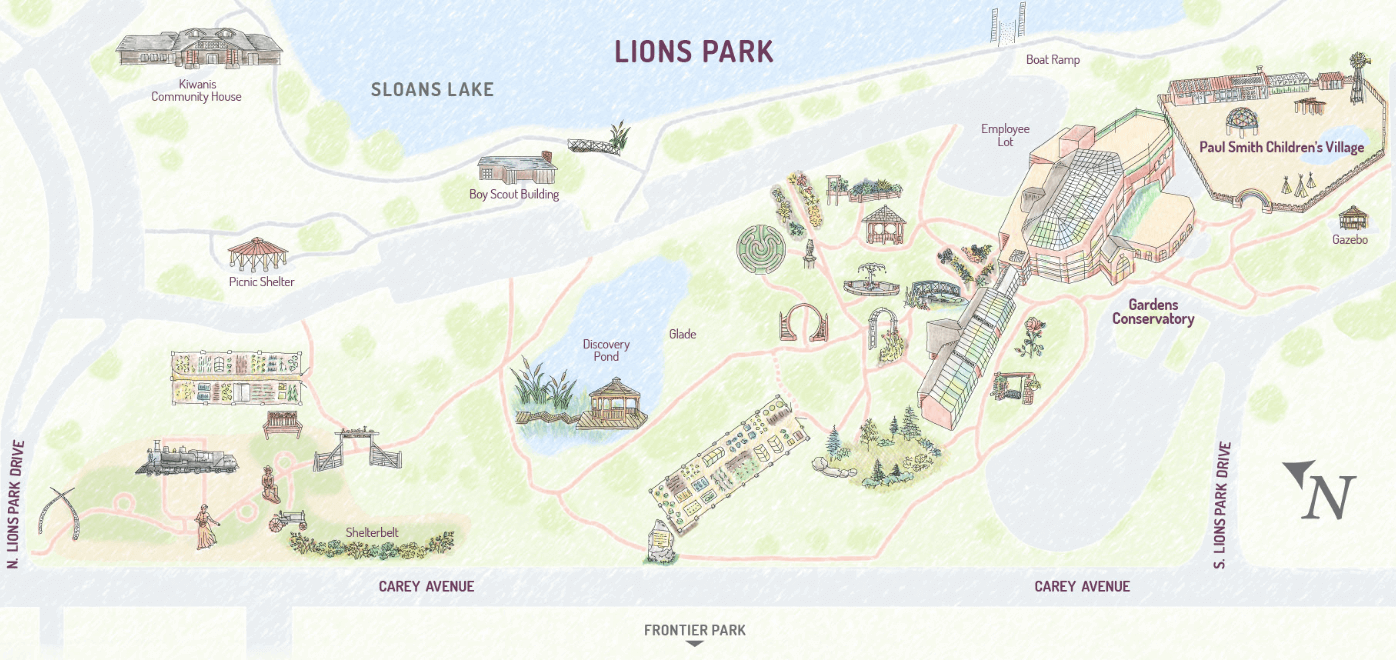Spotlight on pear slug – a common pest in late summer
Every August the phones ring steadily at the Cheyenne Botanic Gardens with a question about some funny spots on the leaves. The usual culprit is what is known as the “pear slug.”
The pear slug is not really a slug but is actually the larval form of an insect known as a sawfly, which is a non-stinging wasp rather than a fly. Their damage is indicated by tan spots on the leaves of woody plants. The pear slug focuses primarily on plants related to cherries and is even sometimes called the ‘cherry slug.’ They are most common on Canada red cherry, cotoneaster shrubs, hawthorn, mountain ash, Newport cherry, plums and more. The infestation can get so bad that the plants may become very unsightly and cause defoliation.
Pear slugs when feeding on your landscape are found usually on the upper side of the leaf and are dark green to orange, they are larger at the head end, and moist and slimy (not unlike a true slug). The pear slug larvae may reach 1/2 inch in length and get lighter in color as they mature. Common garden slugs tend to stay lower in the garden and affect more leafy annuals and perennials while the pear slug goes after woody plants.
Everyone agrees that the pear slug damage is unattractive. While a heavy infestation can permanently damage a plant, the good news is – this rarely happens. Because the damage occurs late in the growing season the plant is likely already prepared for winter.
Most over the counter insecticides readily control pear slugs. Use dilution rates similar to directions for controlling caterpillars or leaf beetles on trees and shrubs. Common insecticides that work well include Sevin, Sevimol, malathion and Spinosad. Malathion and carbaryl can be used on fruit trees if waiting periods (up to 14 days) are observed prior to consuming the fruit (see label).
If you want to avoid using a chemical, plain old water can work quite well. Use a forceful jet of water sprayed directly on the plant leaves and it will dislodge the pear slug, providing control for the season.
Insecticidal soaps are also effective for controlling pear slugs but the spray can may cause a burning-like injury to plants like cotoneaster, plum and cherry. Pear slugs are also readily killed by a light dusting of wood ashes on the leaves.
A hard spray of water is probably the best and safest control mechanism.




